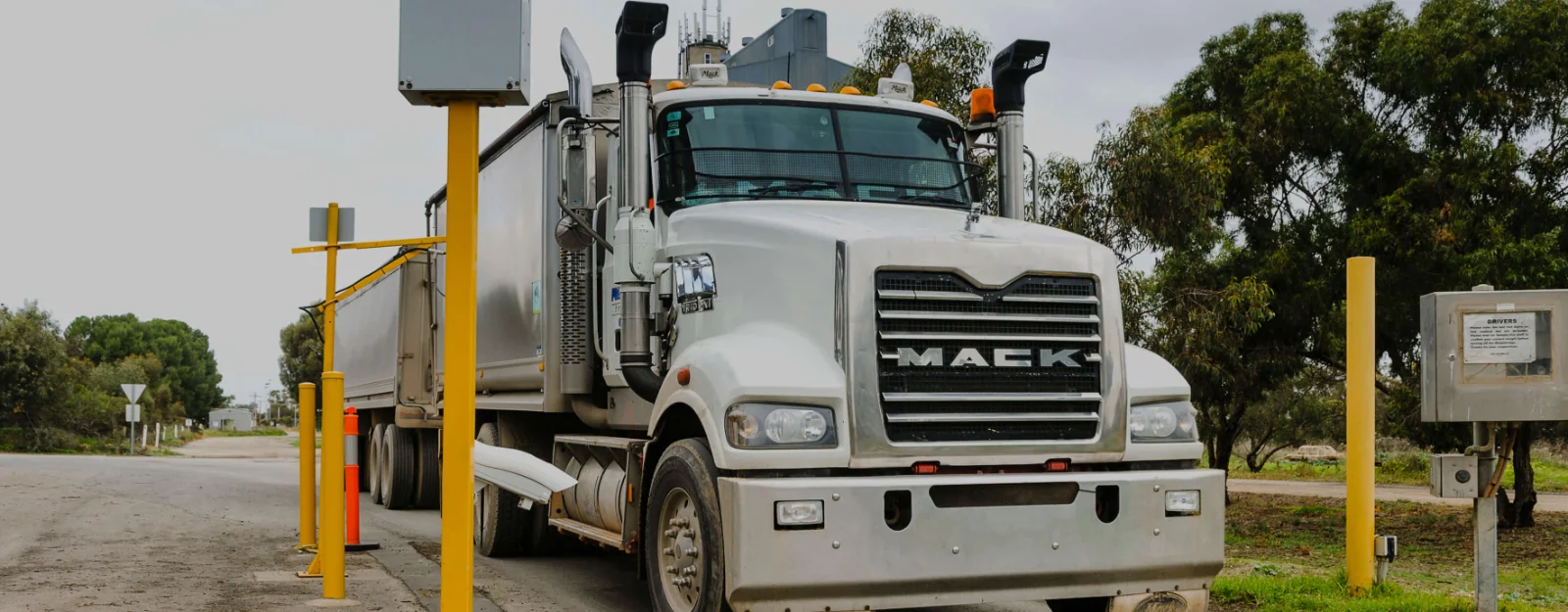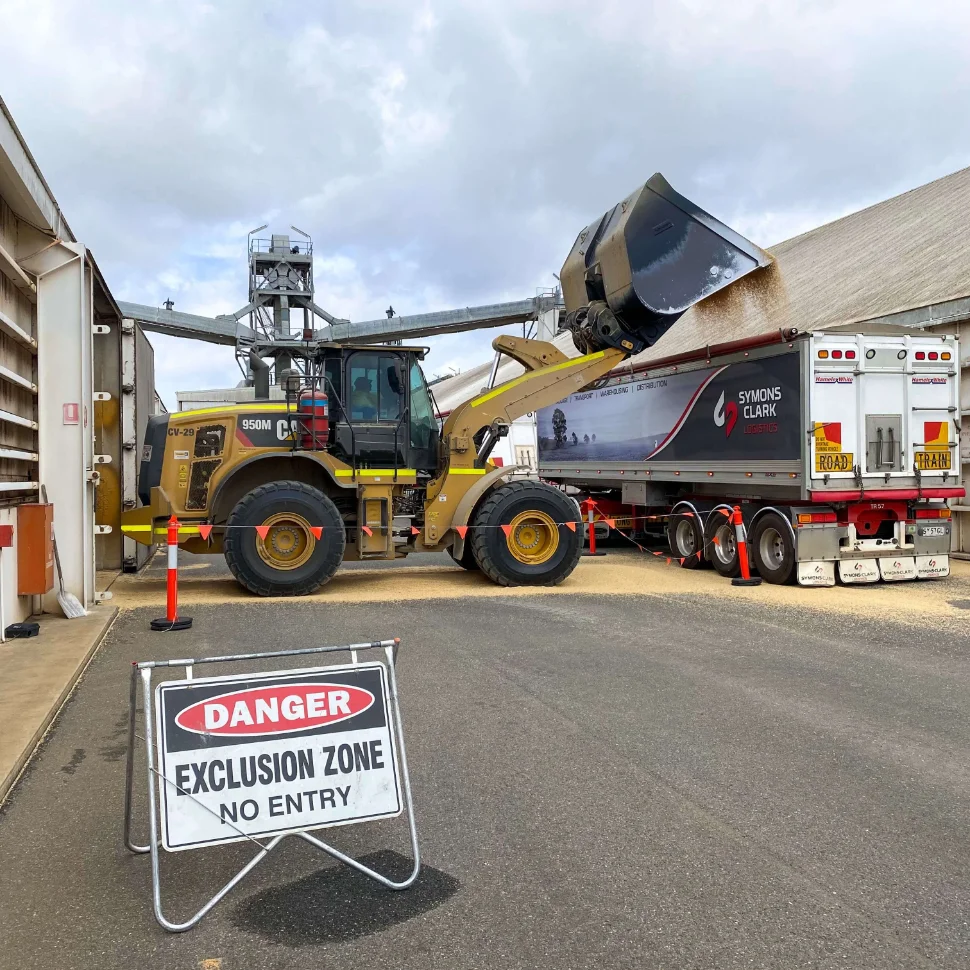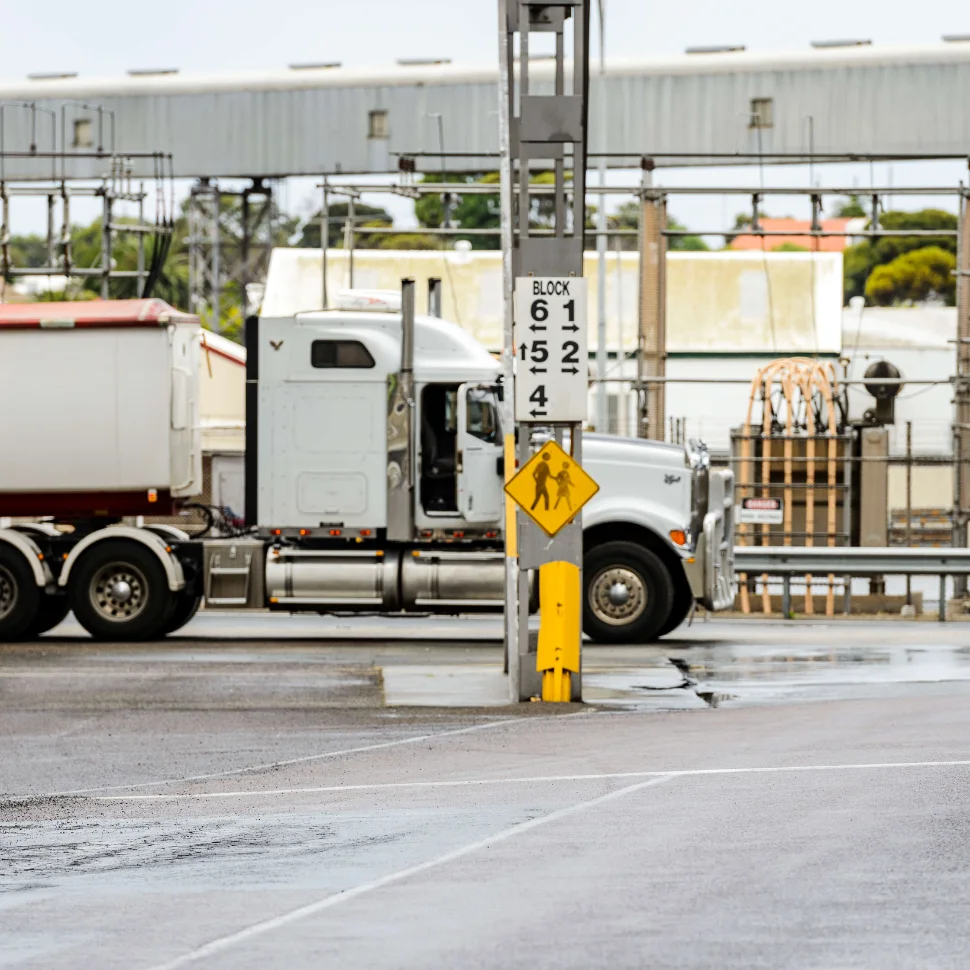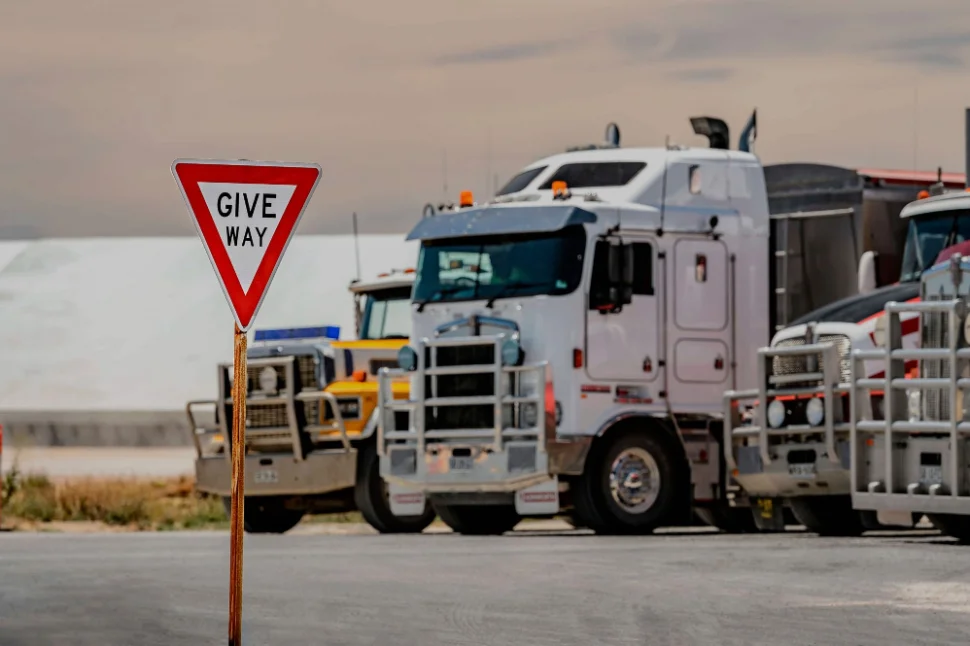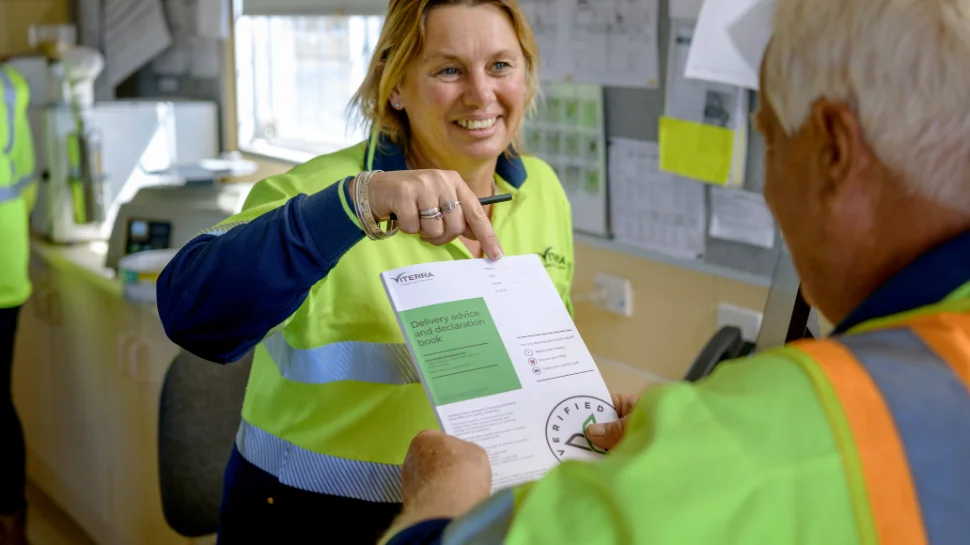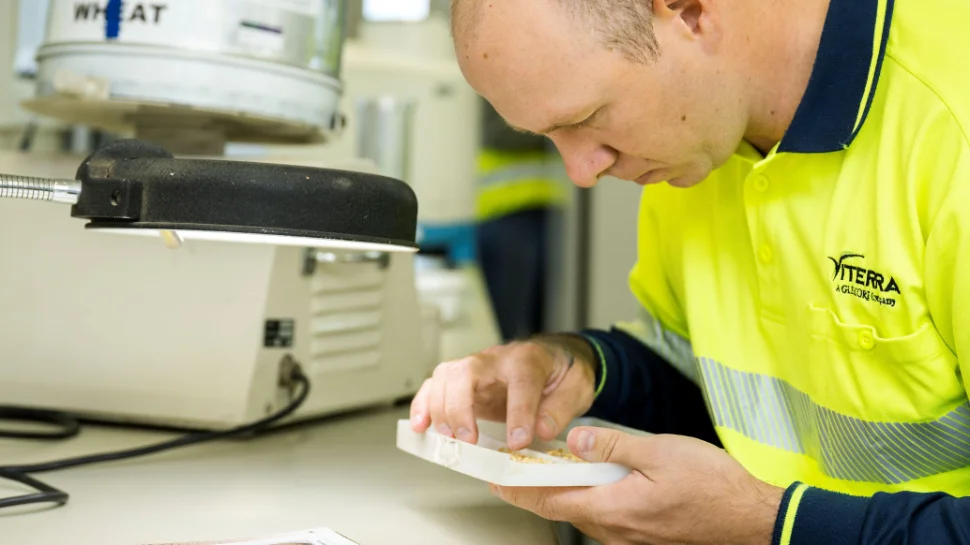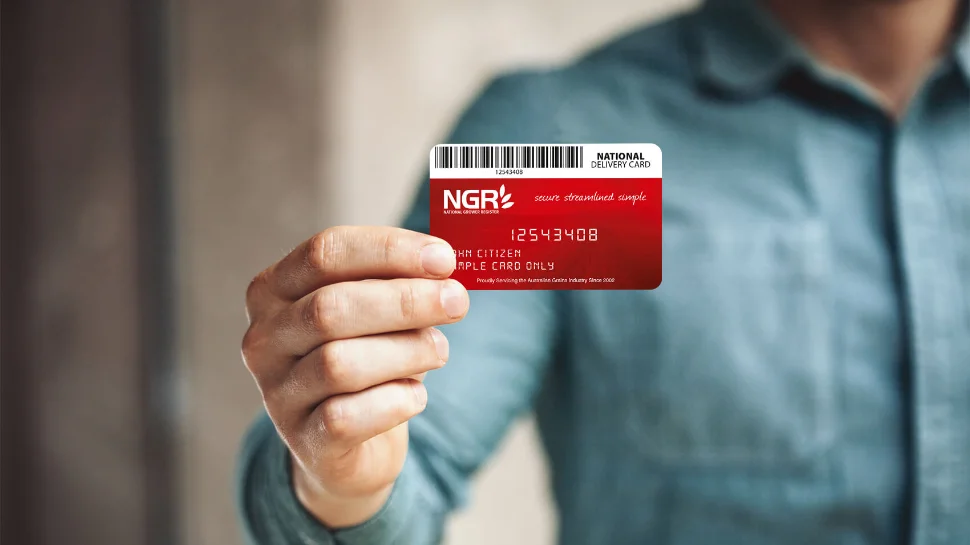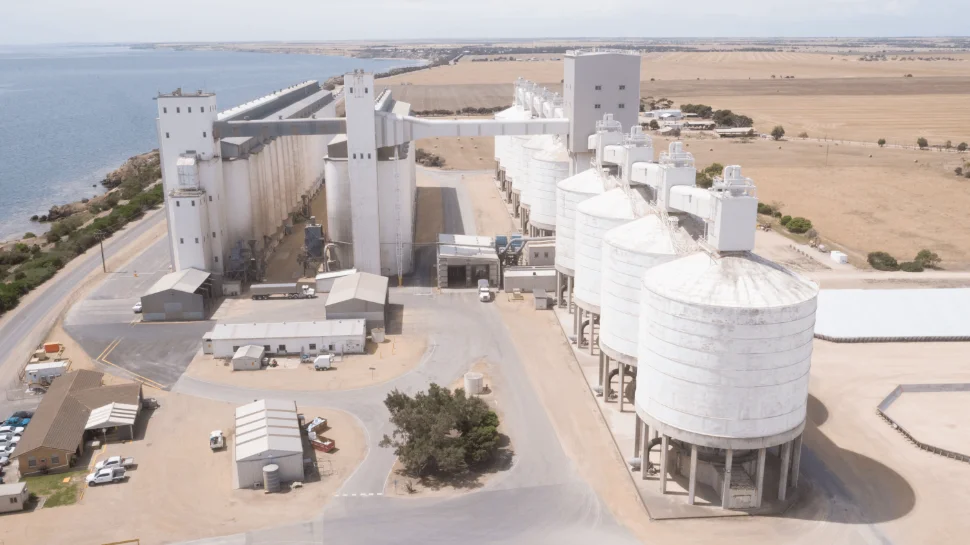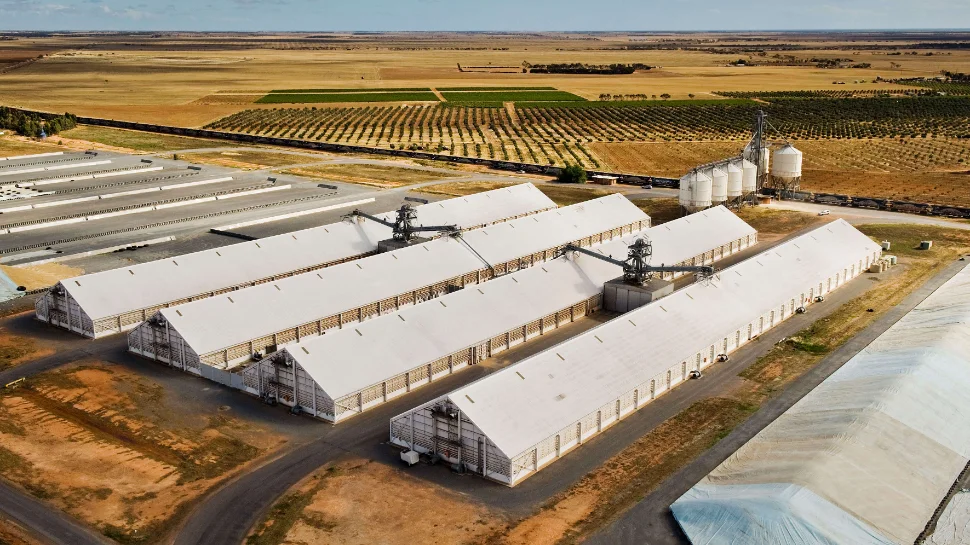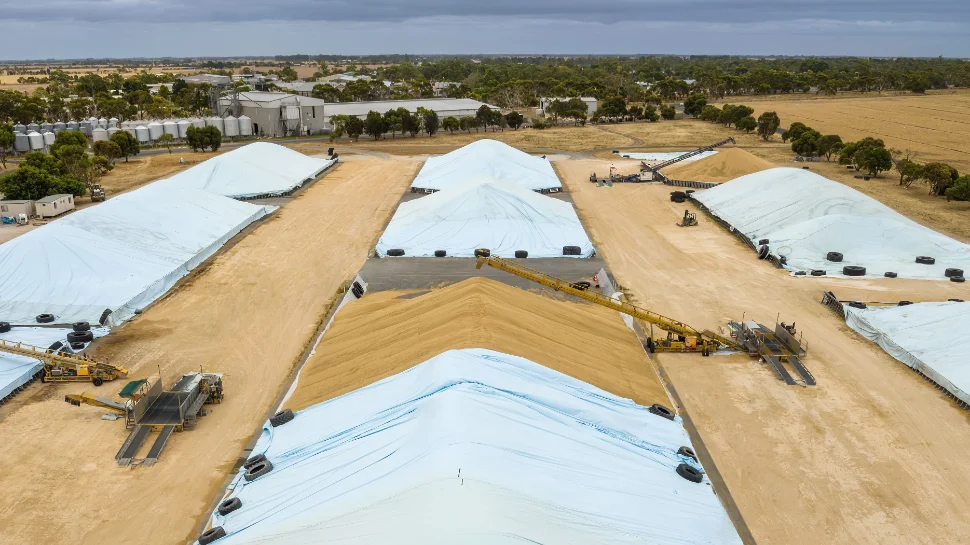This page shows information relevant to our sites in South Australia and western Victoria. Visit bunge.com/Australia for information about delivering to Bunge’s Western Australian sites.
Management of heavy vehicle mass
Bunge continuously works with the grain industry, the National Heavy Vehicle Regulator (NHVR) and SA Police to implement measures that reduce heavy vehicle overloading and promote compliance with transport regulation, while still recognising the difficulties faced by growers and heavy vehicle operators in moving grain from farm to site.
Carriers and their drivers should be familiar with the South Australia Farm Gate Grain Transport Mass Exemption Notice 2025 (No.1) and the Heavy Vehicle National Law.
The driver is responsible for determining the vehicle’s legal mass limit and is required to declare the legal mass of their vehicle at a Bunge site.
Drivers are required to declare the mass of their vehicle via the mass limit code. This code is linked to the legal mass of the specific vehicle configuration, including accredited vehicles. The mass limit code is recorded on the weighnote.
Declaring the wrong code on a weighnote or exceeding the legal gross vehicle mass limit constitutes an offence that may be dealt with by the NHVR.
Bunge and GTSN truck charts and book
Together with Grain Transport Safety Network (GTSN), in 2023, we updated our truck book and charts.
These documents are developed to assist you to accurately identify the mass requirements applying to grain trucks, helping ensure they are loaded within legal mass limits and reducing the risks associated with overloaded heavy vehicles travelling on our roads.
The updated book and charts below include new truck configurations since the previous versions were released in 2021.
Drivers claiming vehicle mass limits higher than the general mass are required to provide evidence of entitlement such as their accreditation number under the National Heavy Vehicle Accreditation Scheme (NHVAS) and permit number issued by the NHVR.
Failure to provide evidence of mass limit entitlement will result in the vehicle being treated as operating at the general mass limit.
Please contact the NHVR on 1300 696 487 or nhvr.gov.au if you require more information.
When a vehicle is loaded, the loader and driver have a responsibility to ensure the vehicle is not loaded in excess of its permitted mass limit.
Bunge weighs vehicles on entry and exit of its facilities. If a vehicle enters any Bunge site overloaded to any extend, the weighnote will be marked with a mass breach warning and the information may be passed onto the NHVR.
Bunge employees will advise drivers of overloaded vehicles of any requirements to ensure site safety and safe management of the vehicle.
Important information on breaches
If the vehicle is loaded on farm, both the loader and driver are required to demonstrate that corrective actions have been taken to avoid overloads recurring.
If breaches are committed, the grower who consigned the load may also receive a formal letter, phone call or email from Bunge advising of the breach, in accordance with Chain of Responsibility legislation.
Breaches include:
- Entering any Bunge site with a vehicle that exceeds its Statutory Mass Limit
- The driver being unable to demonstrate corrective actions have been taken to manage mass in accordance with the Code (i.e. overload percentage trending downwards)
- The driver being unable to provide the required information about the vehicle (e.g. if the incorrect legal mass is declared by the driver, incorrect accreditation label numbers or truck registration details).
Carriers and drivers need to be mindful of the maximum mass limit allowed on all roads used during the entire journey, including the ‘last mile’.
The road immediately adjacent to grain receival sites may be subject to lower restrictions on vehicle mass, which is commonly referred to as the ‘last mile.’
Carriers and drivers must take into consideration these ‘last mile’ restrictions when planning off-farm deliveries to Bunge sites as part of their route assessment. To find out more information please see the NHVR route planner or RAVNet maps.
Carriers and their drivers should be familiar with the South Australian Grain Carriers Code of Practice which is registered with the NHVR.
The chain of responsibility (COR) laws are set by the government to make sure everyone in the supply chain shares responsibility for ensuring breaches of the Heavy Vehicle National Law do not occur.
Growers have different responsibilities depending on whether you own and operate a heavy vehicle or contract transport services to another operator.
Heavy vehicle safety is everyone’s responsibility
The National Heavy Vehicle Regulator (NHVR) has produced a flyer as a reminder of the important role growers play in the safety of heavy vehicle drivers, whether you are using your own heavy vehicle or contracting a service.
It is important that you take some time at the start of the season, or before undertaking a task, to identify and reduce the risks related to the safety of the heavy vehicle transport task. In particular have a plan in place to:
- manage fatigue
- monitor mass and loading
- ensure mechanical safety
- secure the right access permits.
More resources from NHVR on COR laws:
- National Heavy Vehicle Regulator website
- A short video on YouTube which clarifies some of the questions growers may have in relation to the laws
- An additional Frequently Asked Questions produced by NHVR explaining grower requirements
- An online gap assessment which can help you work out which part of the supply chain you are and what your responsibilities are.
Prior to commencing an off-farm grower delivery, the driver must consider:
- all accreditations needed
- the vehicle combination used, and
- the appropriate route from the loading point to the delivery site.
The code does not provide authority for any vehicle to be loaded in excess of its statutory mass limit. Growers, loaders and drivers all have their own obligations under transport regulation. If you are unsure of your obligations you should seek independent advice.
Anyone driving a vehicle carrying grain must ensure they are aware of and comply with all Chain of Responsibility requirements, including heavy vehicle mass management.
Vehicle hygiene
Ensure any vehicle that is carrying grain meets the required cleanliness standards as per the prior load matrix. Growers using carriers must ensure the carrier’s truck is clean before loading the grain as growers are accountable for the delivery of grain.
The prior load matrix outlines the correct procedures for cleaning your vehicle to the acceptable standards, in line with what has previously been carried in that vehicle.
The matrix covers vehicles carting commodities and products handled by Bunge.
Vehicles are required to be fit for purpose and presented clean upon arrival. Vehicles and tarpaulins that are not cleaned or free of contaminants will not be loaded.
It is mandatory to declare the last load for grower receivals. All other movement-types require the last three loads to be declared.
Growers should also refer to the full Bunge road vehicle hygiene requirements.
